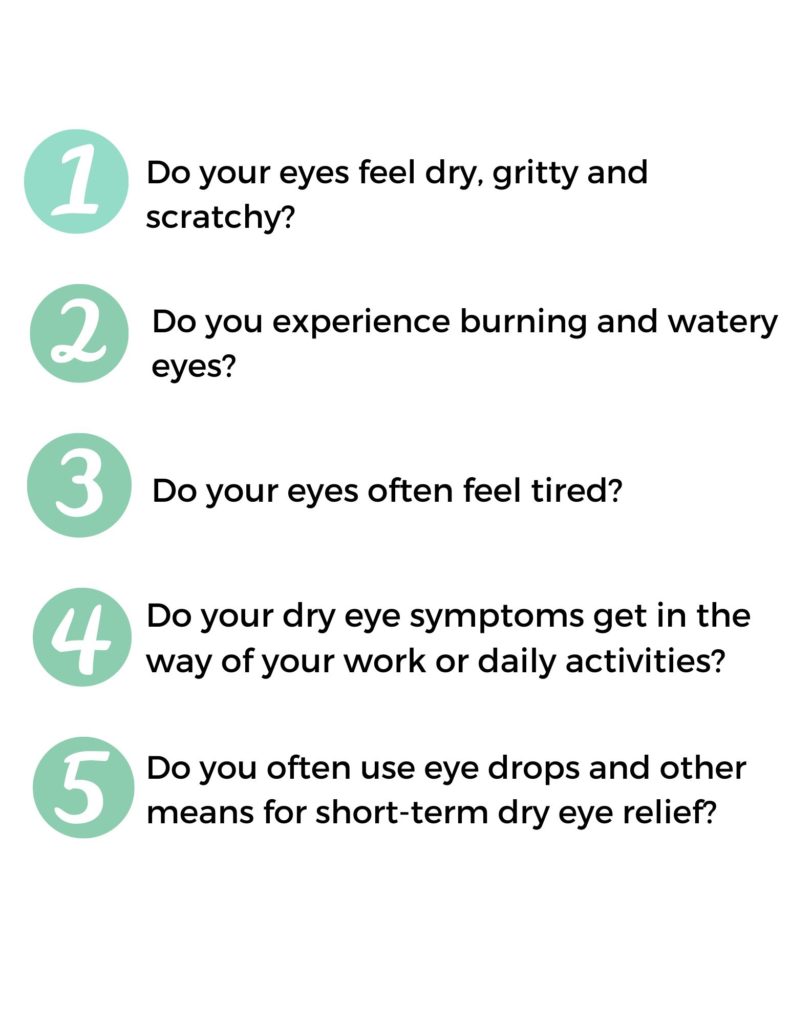DRY EYE HEALTH
Dry eye syndrome, also called dry eye disease (DED)
is one of the most common reasons for a visit to the eye doctor.
Now Offering Light Therapy Treatment for Dry Eyes
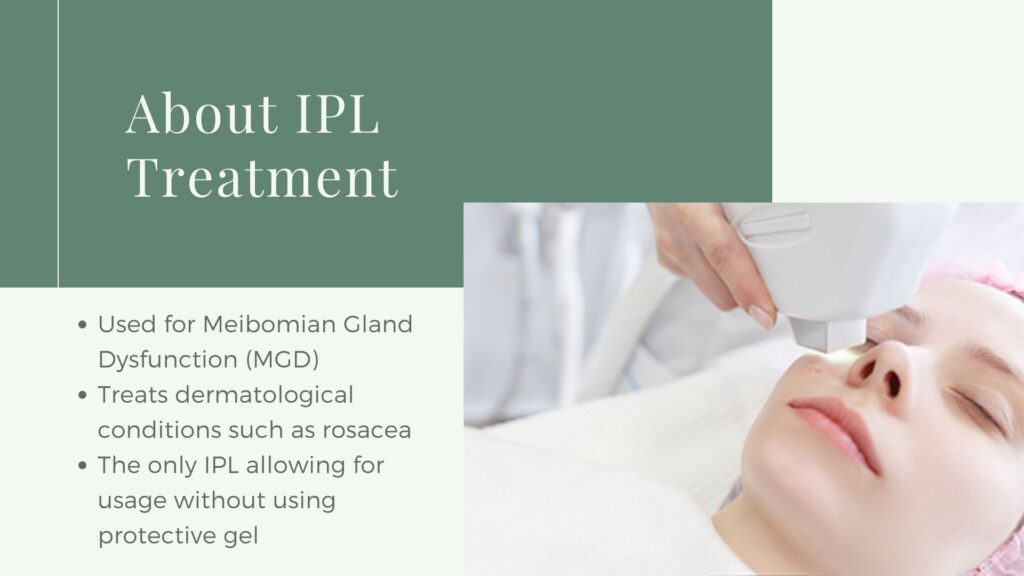
Dry eye syndrome is a chronic and often progressive condition. However, in most cases, dry eyes can be successfully managed. Treatment usually results in greater comfort, reduced symptoms and sometimes more clear vision. A variety of treatments are used for improvement of dry eyes.
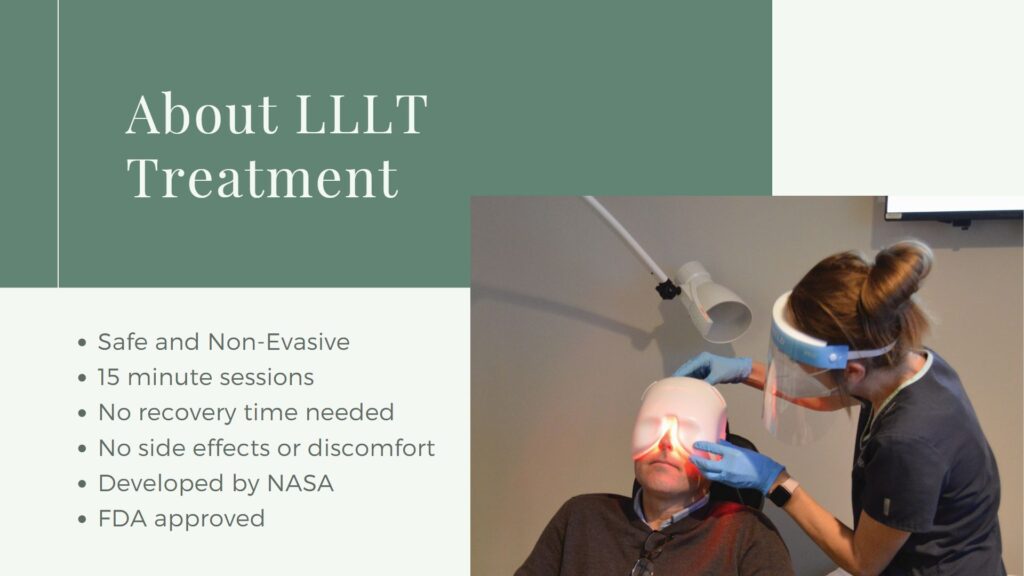
Part of the testing focuses on the quality and quantity of tears that your eyes produce. The doctor will also examine your eyelids, how you blink, and how often you blink. The testing may also involve dyes to help observe how and where your tears flow.
Only a careful examination of your eyes can reveal the presence and severity of your dry eyes. There have been many advancements in technology in both diagnostics and treatment options for dry eye disease. Your doctor will develop the best type of dry eye treatment plan for you to keep your eyes healthy, comfortable and seeing well.
An examination of your eyes by the doctor is needed to assess your symptoms and determine the current state of your tear production.
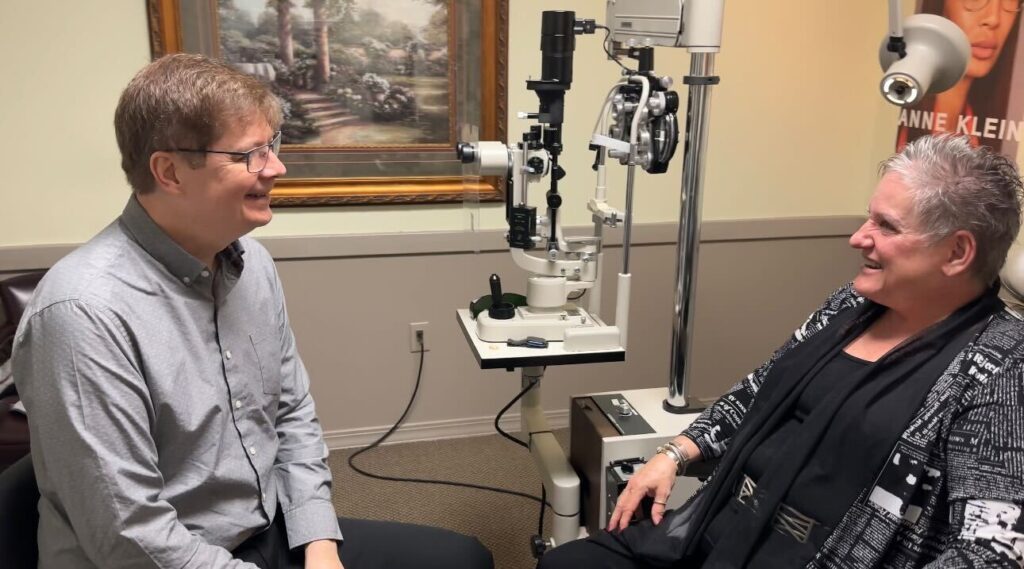
What Causes Dry Eyes?
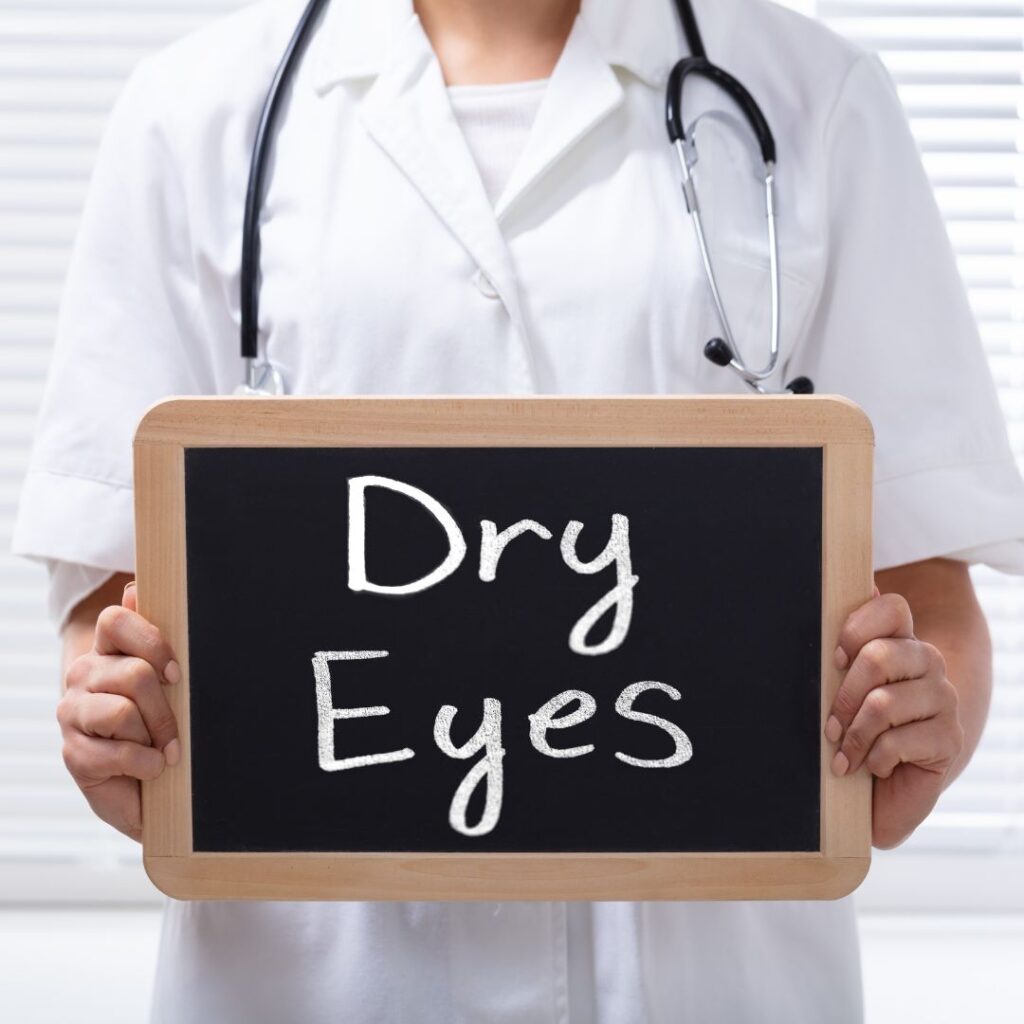
There are many potential causes of dry eyes:
- Allergies – Allergies can cause dry eyes. Taking antihistamines for allergy relief can also cause dry eyes.
Air Travel – The air in the cabins of airplanes is extremely dry and can result in dry eyes.
Aging – Dry eyes can occur at any age, but becomes more common as you age, especially after age 50.
Computer Use – When working at a computer or other digital device such as your smartphone, you tend to blink less often. This leads to greater tear evaporation and increased risk of dry eye symptoms.
Contact Lenses – It may be difficult to determine how much contact lenses contribute to dry eyes, but dry eyes are a primary reason why people stop wearing contact lenses.
Health Conditions – Diseases such as diabetes, rheumatoid arthritis, thyroid-related conditions, lupus, and Sjogren’s syndrome can contribute to dry eye disease.
Medications – Many prescription and nonprescription medications increase the risk of dry eye symptoms, including antihistamines, antidepressants, certain blood pressure medications such as betablockers, diuretics, and birth control pills.
Smoking – Smoking can cause dry eye symptoms and has been linked to serious eye problems such as macular degeneration, cataracts, and uveitis.
LASIK – LASIK and other corneal refractive surgery can sometime cause dry eye symptoms.
Indoor/Outdoor Environment – Air conditioning, heating systems and fans can decrease indoor humidity, which can increase tear evaporation, causing dry eyes. In addition, dry climates, high altitudes, and windy conditions can increase the risk for dry eyes.
Eyelid Problems – Incomplete closure of the eyelids when blinking or sleeping can cause severe dry eyes. This can be caused by the aging process, nerve damage from trauma, eye infections or cosmetic lid.
Meibomian Gland Dysfunction
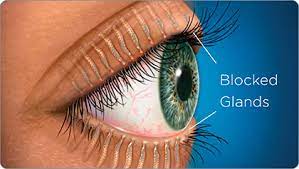
Factors that can worsen MGD include:
Computer use
Hormonal changes
Smoking
Health conditions
Medications(antihistamines, birth control, certain blood pressure medications)
Environmental factors(dusty or dry environment)
Healthy Meibomian glands secret oil with every blink. This oil is a critical component of a healthy tear film. When the glands become clogged and are not functioning properly, it’s call Meibomian Gland Disfunction.
MGD is a chronic, progressive condition and, if left untreated, may worsen over time, leaving eyes more irritated, inflamed, and dry.
MGD is a leading cause of dry eye and can be the source of dry eye symptoms, such as itching, stinging and burning.
Disruption of any layer of the tear film may result in dry eyes.
A normal tear film is made up of three layers:
An oily (lipid) layer produced by meibomian glands in the eyelids.
A watery (aqueous) layer produced by the lacrimal glands located behind the outer aspect of the upper lids.
A mucous-like (mucin) layer produced by goblet cells in the conjunctiva that covers the white of the eye (sclera).

Each layer of the tear film has an important purpose. The tear lipids keep the tear film from evaporating too quickly, thereby increasing lubrication. The mucin layer helps anchor and spread the tears across the surface of the eye.
Can you Answer "Yes" to These Dry Eye Symptom Questions?

Browse our Showroom
Virtually try on frames with your phone or tablet.
Create your Wish List before your visit and we’ll have them ready for you when you arrive.
Select Eyewear
Browse our Frame Gallery to see more of these amazing brands.
Virtually try on frames with your phone or tablet.
Create your Wish List before your visit and we’ll have them ready for you when you arrive.


